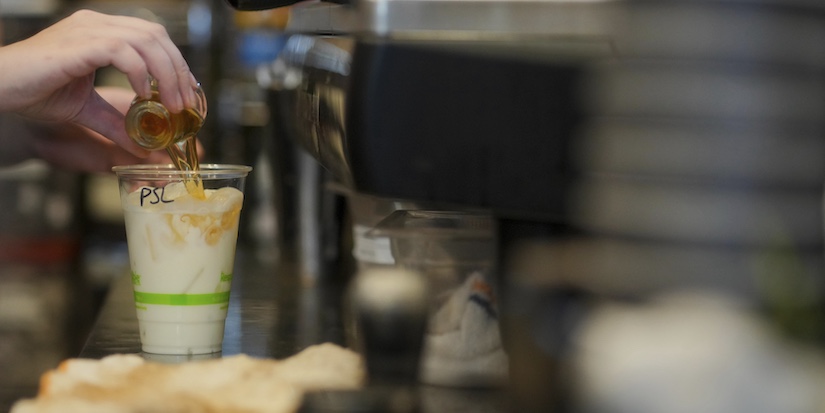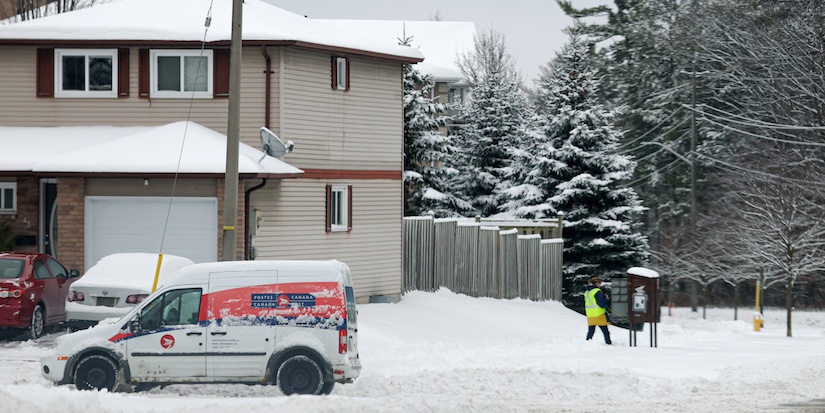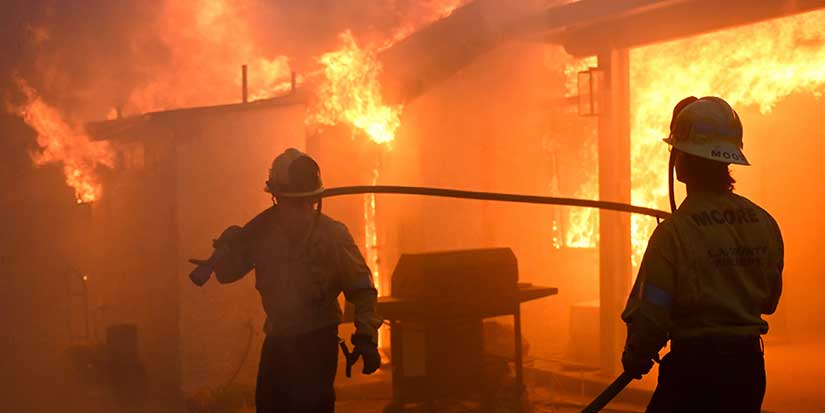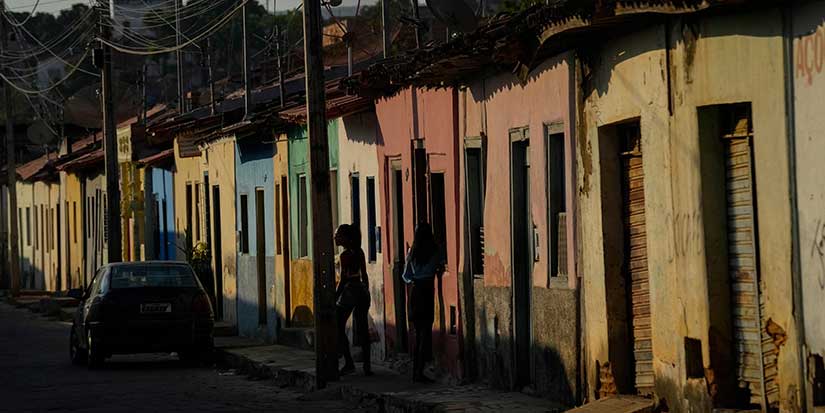Latest News
Christmas traditions vary by culture
By Don Fennell
Published 1:44 PST, Thu December 19, 2019
—
Santa Claus. Father Christmas. Or Kris Kringle. By whatever name you grew up knowing the portly, jolly, white-bearded figure, the legend of Saint Nicholas continues to be passed down from generation to generation.
Saint Nicholas of Myra, also known as Nicholas of Bari, was an early Christian bishop who resided in the ancient Greek maritime city during the Roman Empire. While the earliest accounts of his life were written long after his death, he was much admired for his piety and kindness and said to routinely give gifts in secret giving rise to the traditional model of Saint Nick.
Reflective of the lyrics from Santa Claus is Coming to Town, children everywhere are reminded to be good in hopes that Santa will visit their home and leave gifts. Somehow, he manages to accomplish all of this on the night of Dec. 24 with the help of his elves, who make toys in his workshop at the North Pole and his flying reindeer who, led by Rudolph and his bright red nose which provides light through the night, pull his sleigh on his global journey.
Father Christmas dates back to 16th century England, a large man in green or scarlet robes lined with fur and typifying the spirit of good cheer and bringing peace, joy, good fortune, food and wine and revelry.
The children in the Netherlands and Belgium recognize Sinterklaas as the prominent gift giver, while in Finland the kids know Santa better as Joulupukki.
“Santa has been an important part of Christmas since my childhood in India, and he’s the same character (as the traditional patron of Christmas many North American children grew up with),” says Ashok Rattan, settlement program co-ordinator at Richmond Multi-Cultural Community Services.
But like India, Richmond is a very multi-cultural community—one of the most diverse in Canada, with over 60 per cent of its population born outside the country. As such, Rattan says while the majority of Richmond residents celebrate the holidays, how they observe it varies.
“Most people who belong to faith definitely go to church, have a tree at home and all the settings, but other cultures celebrate a little differently,” she says, noting that some don’t one of the biggest absences is the traditional Christmas turkey dinner.
A strict vegetarian, Rattan once planned a family dinner with tofu turkey, but quickly abandoned the plan.
“My daughter said ‘Mom, what’s the use? We are vegetarian people.’”
Some families also prefer to go out for dinner, she says.
Throughout the world, many food items are traditionally associated with the Christmas season. In Finland, for example, fresh salted salmon is popular along with Christmas ham. And in Japan, where turkey is virtually unknown, fried chicken is the choice of many. Christmas cabbage soup is commonly served in both the Czech Republic and Slovakia.
Aside from the main course, a selection of desserts are typically served. They too vary.
In Albania, pumpkin and walnut pie are usually cooked on Christmas eve, while in Argentina panettone, a type of sweet Italian bread, is a long-time favourite. Ginger bread is a preferred dessert in Hong Kong, while in the Philippines a traditional dessert called bibingka (made with rice flour, sugar, clarified butter and coconut milk) is standard fare.
The origin of Christmas is to remember the birth of Jesus Christ, who Christians believe is the Son of God.
Translated from the Mass of Christ, Christmas is an annual festival, observed primarily on Dec. 25 as a religious and cultural celebration among billions of people around the world.
The traditional Christmas narrative says Jesus was born in Bethlehem, in according with messianic prophecies. When Joseph and Mary arrived in the city, the inn had no room and so they were offered a stable where the Christ Child was born, with angels proclaiming this to shepherds who further shared the news.
Although the month and date of Jesus’ birth are unknown, the church in the early fourth century fixed the date as Dec. 25, which corresponds to the date of solstice on the Roman calendar.
In many nations, it’s tradition at Christmas time to place and light trees in homes, hang Advent wreaths and stockings, distribute candy canes and set out cookies and milk for Santa. Creating Nativity scenes depicting the birth of Jesus Christ, caroling and exchanging gifts are also common practices.
Children in Richmond with a special holiday wish for Santa are invited to send him a letter through Dec. 24 by stopping in at the Steveston Museum (3811 Moncton St.) weekdays from 9:30 a.m. to 2 p.m. and Sundays from noon to 4 p.m. They can also catch a glimpse of him, and Mrs. Claus, during the annual Steveston Santa Claus Parade starting at 6 p.m. at Regent Street and Sixth Avenue in Steveston.




































